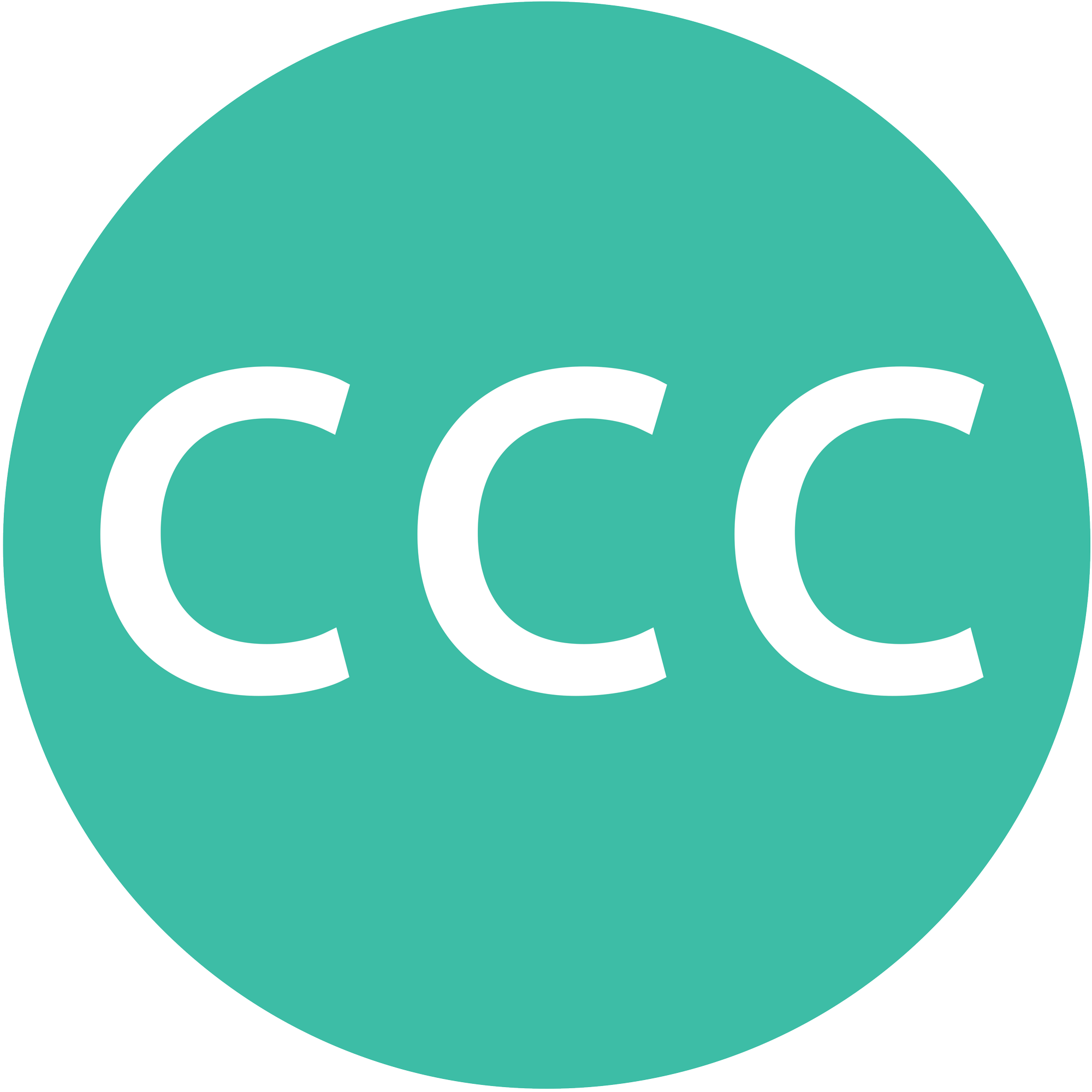You may have noticed a certain Dickensian theme running through my recent writings. It began with the image of Oliver Twist (nonprofits) begging his master (private foundations and rich donors) for more. During the Christmas holiday we had the wealthiest Americans putting Scrooge (from A Christmas Carol) to shame. And now I wonder how Dickens would be describing the times we are in with his Tale of Two Cities: “It was the best of times [for some] {650 billionaires in the U.S. have made $1 trillion since the pandemic began}, it was the worst of times {25 million Americans are unemployed, and according to Feeding America, more than 50 million people may experience food insecurity, including 17 million children}, it was the age of wisdom, it was the age of foolishness, it was the epoch of belief, it was the epoch of incredulity, it was the season of Light, it was the season of Darkness, it was the spring of hope….”
I’ll stop Dickens at “hope” because we’ll get through this, and philanthropy can play a huge role in addressing both the short-and medium-term COVID crises, as well as the longer-term needs. But it is disheartening to see over the past few weeks the Philanthropy Industrial Complex (PIC) begin to come out of the shadows and attempt to convince the donor class, politicians and the public that hoarding is good, even now. Led by many of the largest private foundations, PIC associations, their lobbyists and public relations teams, and chief executives are taking advantage of an admiring press to make their case.
The so-called “Madoff/Arnold” proposal announced last month is a good example, where major foundations signed onto–and generated significant press about–a set of toothless legislative changes to the way foundations and donor-advised funds are treated (see the op-ed charity reform colleague Chuck Collins and I wrote). The good news is that there was some acknowledgment by PIC that we have a problem.
Then the Council of Michigan Foundations underwrote a report that appears to justify low foundation payout rates when measured against very selective historical investment returns. It is somewhat ironic that poor investment performance by foundations should be a rationale for reducing charitable distributions. It reminds me of the line from Fiddler on the Roof, where a businessman gives a beggar less than usual because “he had a bad week” and the beggar says, “Just because you had a bad week, why should I suffer?”
The Michigan case was amplified by Larry Kramer, the very bright President of the Hewlett Foundation, who essentially wrote (and I’m grossly paraphrasing) that hoarding is good, or at least as good as not hoarding, even in the face of the current crises and a ten-year window (maybe) for addressing climate change.
And finally I’d point to the philanthropy press glorifying Jeff Bezos for his $10 billion pledge to the environment. It would have helped the public’s understanding to point out that in 2020 Bezos actually gave less than $800 million to environmental organizations. Okay, that is still a big number, but it represents only about 0.4% of his net worth, and the $600 million charitable tax deduction he’ll get brings it down to 0.1% of his net worth! Think about that: he gets a headline for giving $10 billion, and yet taxpayers give $600 million and he give just $200 million! He has not indicated when or how he might give more.
The crisis we’re in points to a critically important three-step program which a caring PIC and the entire nonprofit community should embrace. The Crisis Charitable Commitment is step one: encouraging foundations, donor-advised funds and individuals to voluntarily double the historical average rate of charitable giving to help alleviate the suffering caused or highlighted by the pandemic. Step two is effective charitable reform, which would mandate higher payout rates for large foundations, require significant annual distributions for donor-advised funds (there are currently no requirements), and shift some of the charitable tax incentives from the ultra-wealthy to middle- and lower-income Americans. And step three is taxing excess income and wealth to provide government with the resources to meet society’s needs and to shift some of the decision-making about priorities from wealthy individuals to democratically elected representatives.
